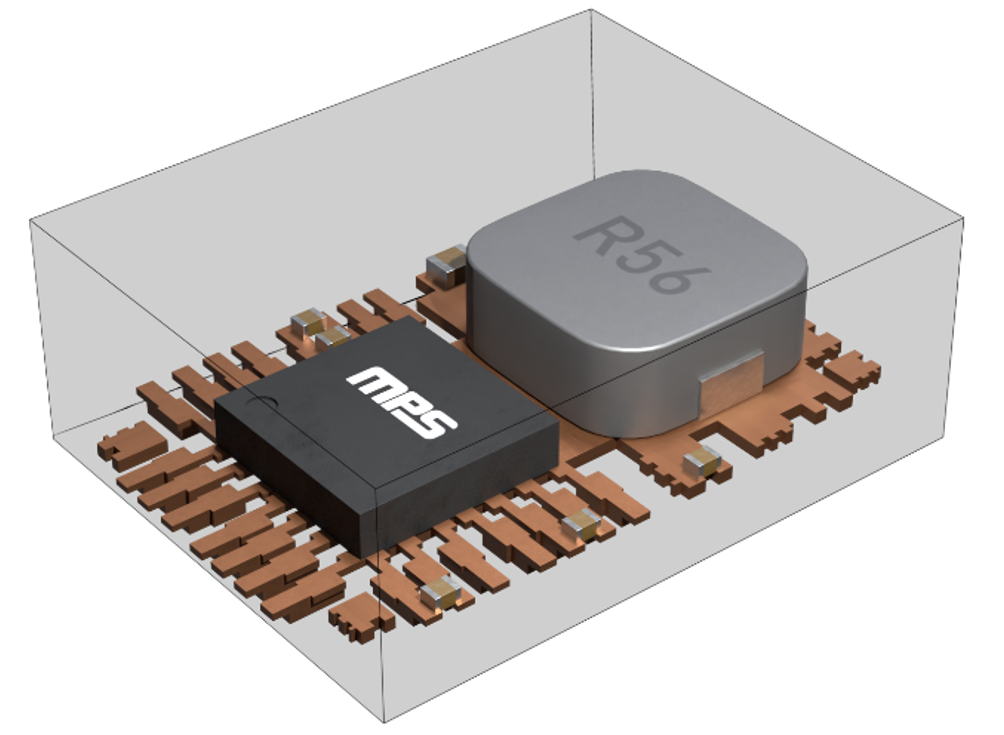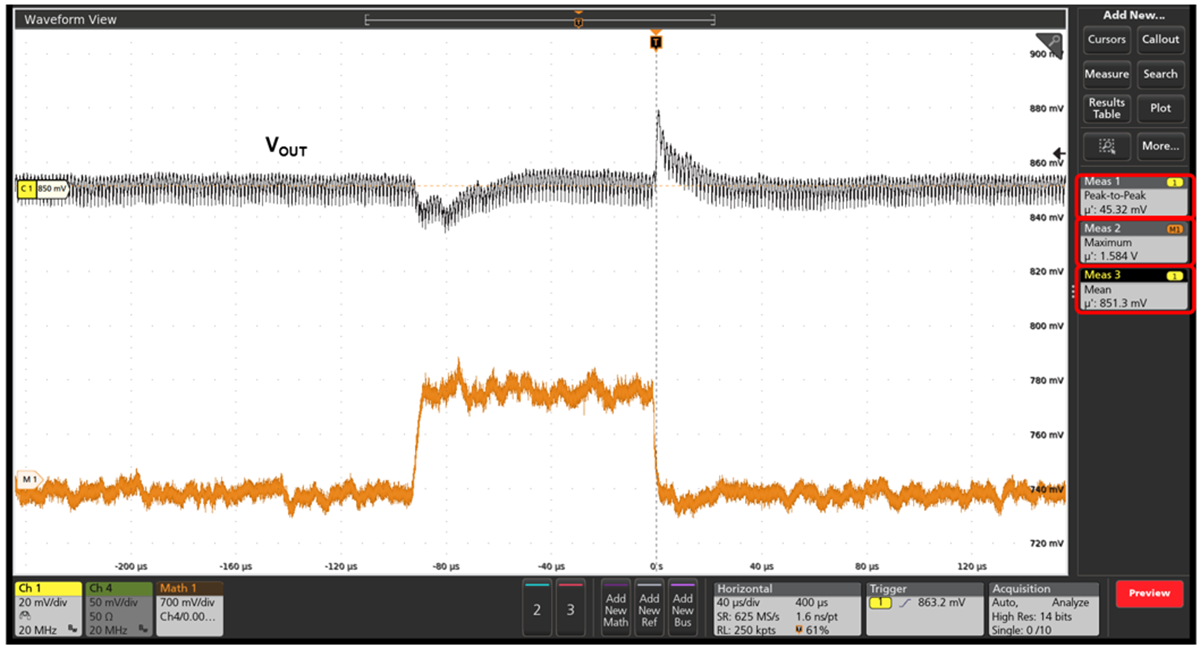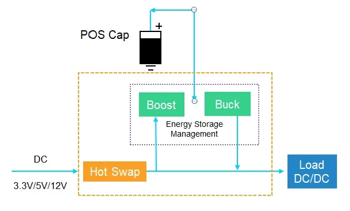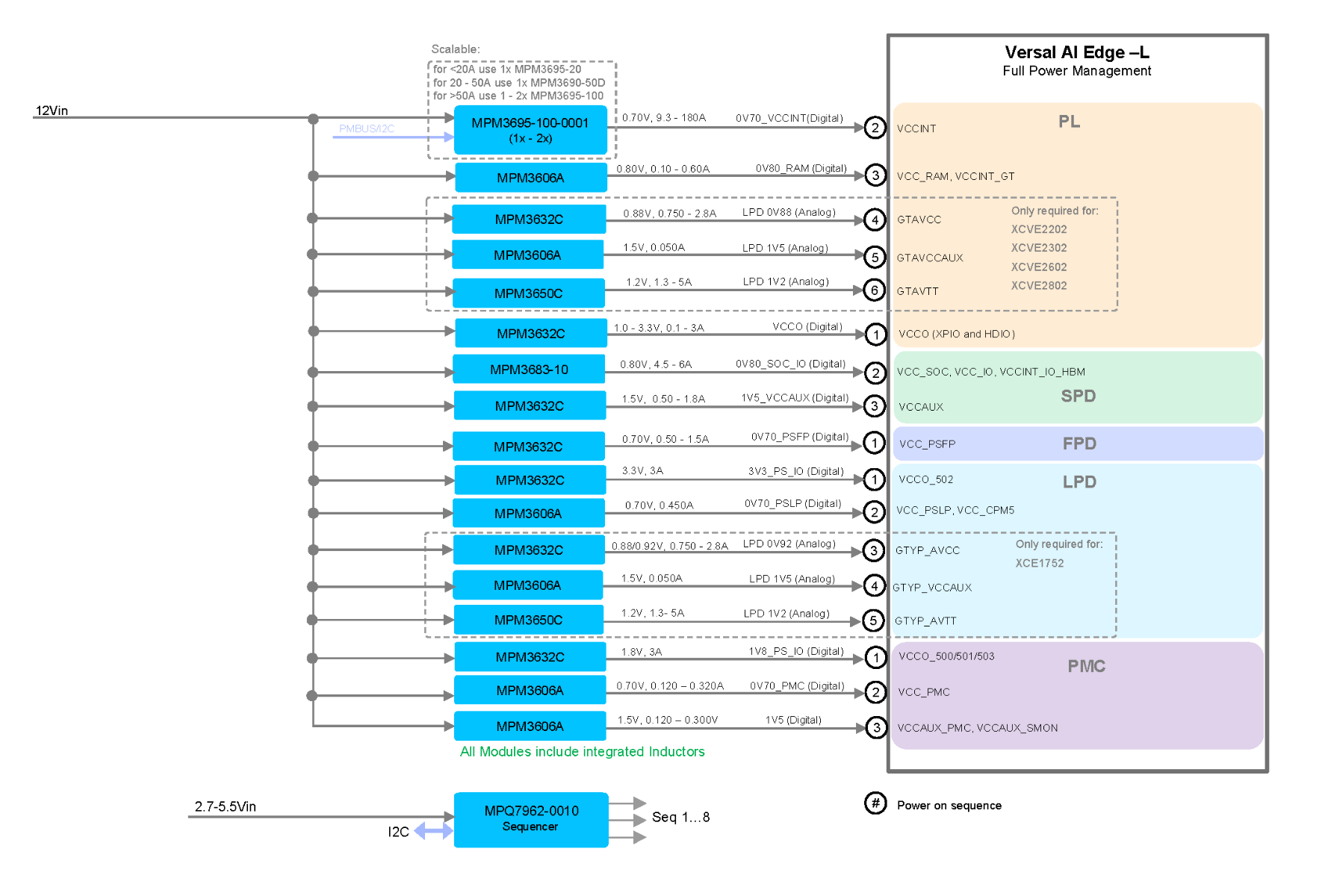Enhanced Precision and Flexibility in Control
When it comes to improved flexibility and precision, digital control systems are far superior to analog control systems. These advantages result from the basic distinctions between the information processing and control algorithm execution of digital and analog systems. This section examines how digital control is the preferred option for modern power electronic applications because it offers greater flexibility and precision.
Enhanced Precision in Digital Control
High Resolution and Accuracy: High-resolution Analog-to-Digital Converters (ADCs) and Digital-to-Analog Converters (DACs) are used in digital control systems to process signals. The number of bits employed in the conversion process determines the resolution; higher resolutions offer higher precision at the cost of more complicated implementation and processing delay.
Consistent Performance: Analog control systems can be significantly impacted by temperature fluctuations, aging, and variations in component values, whereas digital control systems are less susceptible to these effects.
Reduced Noise Sensitivity: Compared to analog signals, digital signals are less vulnerable to noise and interference. An analog signal can be processed with minimal degradation once it has been converted to digital.
Enhanced Flexibility in Digital Control
Software-Based Control Algorithms: Control algorithms in software can be executed by digital control systems, making optimization, updating, and modification simple. It is possible to reconfigure the same hardware platform for several applications. In analog systems, on the other hand, modifications may include reconfiguring and redesigning hardware circuits.
Complex and Adaptive Control: Complex control algorithms that are difficult or impossible to execute with analog systems, like adaptive control, model predictive control (MPC), and machine learning-based control, can be implemented using digital controllers.
Integration with Communication Networks: Digital controllers can effortlessly connect to digital communication networks (e.g., Ethernet, CAN, Modbus), allowing for integration with other systems as well as remote monitoring and control.
Improved Scalability
In terms of scalability, digital control systems are superior to analog control systems. Their ability to smoothly expand and integrate complex functionalities gives them this advantage. This section explores the ways in which digital control systems improve scalability across a range of applications, guaranteeing that they satisfy the ever-changing demands of modern engineering.
Modular Design: Modular architectures can be used in the design of digital control systems, enabling the gradual integration and expansion of additional components or subsystems.
Networked Systems: In distributed control systems, digital controllers make it easier to coordinate multiple controllers since they can easily connect to communication networks.
Hardware Abstraction: A software layer known as a Hardware Abstraction Layer (HAL) offers a standardized interface between a system's hardware and its operating software. The HAL facilitates portability and ease of development by letting software developers to work with hardware components without having to comprehend the complexities of the underlying hardware. Without requiring a complete redesign, digital control systems can integrate new hardware components more easily by using hardware abstraction layers.
Resource Allocation and Management: To scale with the demands of the system, digital controllers can effectively manage resources by reallocating memory, processing power, and input/output as needed.
Reduced Sensitivity to Environmental Factors
Analog control systems' reliability and performance can be significantly affected by environmental conditions such temperature, humidity, electromagnetic interference (EMI), and component degradation. Digital control systems outperform analog control systems in terms of reduced susceptibility to environmental influences, owing mostly to digital processing performed in hardware or software. They are more resilient to these environmental factors by nature, offering improved accuracy and stability in a range of applications. Comparing digital control systems to their analog counterparts, this section examines how the former lessen the impact of environmental factors.
Digital Control Systems and Environmental Robustness
Temperature Stability: Temperature changes have less of an effect on digital control systems since their performance is based on digital signals and algorithms rather than component physical properties.
Component Aging and Drift: Analog systems' performance can deteriorate over time due to component aging and parameter drift, but digital systems are less vulnerable to these issues.
Electromagnetic Interference (EMI): Digital signals are intrinsically more resistant to EMI because they operate with discrete voltage levels, making them less susceptible to small variations caused by noise and interference than continuous signals in analog systems.
Humidity and Moisture: Digital control systems are less susceptible to moisture and humidity, which can lead to corrosion and leakage currents in analog circuits.
Practical Considerations in Digital Control
Error Detection and Correction: To further improve resilience to environmental influences, digital systems can implement error detection and correction mechanisms.
Protective Design: Similar to analog systems, digital control systems can reduce the effects of environmental factors by incorporating protective measures like shielding, filtering, and proper grounding.
Software-Based Compensation: Software-based compensation algorithms can be used by digital controllers to account for environmental factors and preserve precise control.
Ease of Implementation
Digital control systems have many advantages over analog control systems in terms of ease of implementation. This results from digital controllers' inherent flexibility, programmability, and integration capabilities, which make control system design, development, and maintenance easier. This section explores how, in contrast to their analog counterparts, digital control methods make implementation simpler.
Simplified Design Process
Software-Based Development: Hardware design complexity is reduced by digital control systems, that rely on software algorithms for control tasks.
Modular and Reusable Code: Programming errors and development time are decreased via modular programming, which allows code to be reused across multiple projects and applications.
Simulation and Testing: Software tools lower the chance of design errors by enabling testing and simulation prior to hardware implementation.
Flexible and Adaptable Hardware
Programmability: It is simple to update and modify digital controllers, including microcontrollers and DSPs, because they can be programmed and reprogrammed to carry out different tasks.
Integration of Peripherals: System design is made simpler by digital controllers' ability to combine multiple peripherals (such as ADCs, DACs, and communication interfaces) on a single chip.
Ease of Prototyping and Debugging: Digital control systems use development boards and in-circuit emulators to facilitate fast prototyping and debugging.
Simplified Maintenance and Upgrades
Software Updates: Software updates for digital control systems are simple and enable debugging, adaptation, new features, and continuous improvement.
Diagnostic and Monitoring Tools: Digital controllers frequently come with integrated monitoring and diagnostic tools that make maintenance and troubleshooting easier.
Remote Management: Through network interfaces, digital control systems can be remotely updated and managed, making maintenance and monitoring simpler.
Advanced Features: Monitoring, Diagnostics, and Fault Tolerance
When it comes to sophisticated features like fault tolerance, diagnostics, and monitoring, digital control systems are superior to analog control systems. These features improve control systems' overall performance, reliability, and maintainability. In comparison to analog control systems, this section examines how digital control systems use these cutting-edge features to offer better functionality.
Advanced Monitoring Capabilities
Real-Time Data Acquisition and Logging: Voltage, current, temperature, and speed are examples of operational parameters that digital control systems can continuously monitor and log.
Detailed Status Information: Operational metrics and comprehensive status reports offer insight into the health and performance of the system.
Remote Monitoring and Control: Integration with communication networks allows for remote monitoring and control.
Enhanced Diagnostic Capabilities
Self-Diagnostics and Health Monitoring: Digital controllers have the ability to self-diagnose in order to assess the condition of the control system and its various components.
Fault Detection and Isolation: Sophisticated fault detection and isolation algorithms assist in properly identifying and locating faults.
Error Logging and Reporting: Error reporting and logging offer useful data for maintenance and troubleshooting.
Robust Fault Tolerance
Redundancy and Failover Mechanisms: If redundancy and failover methods are included in the design, they can ensure that the system continues to function even in the event of a failure.
Error Detection and Correction: Techniques for error detection and correction preserve system reliability and data integrity.
Graceful Degradation: Instead of failing entirely, digital control systems can be designed to degrade gracefully, continuing to function at a reduced capacity. For instance, in the event that the position sensor fails, a DSP used to drive brushless DC motors can switch to a sensorless control algorithm.
Long-term Viability and Upgradeability
In terms of long-term durability and upgradeability, digital control systems are likewise superior to analog control systems. These advantages result from digital systems' inherent programmability, adaptability, and capacity to integrate new technology. This section explores how digital control systems outperform analog systems in terms of long-term viability and ease of update, guaranteeing that they can adjust to changing technological demands and prolong the control systems' operational lifespan.
Long-term Viability of Digital Control Systems
Software Updates and Upgrades: Digital control systems rely primarily on software for implementing control algorithms and system functionalities. This makes it easier to maintain and upgrade the system over time by adding new features and functionalities, optimizing the software, and fixing problems.
Scalability and Expansion: As requirements grow, new features and components can be added to digital systems by designing them with scalability in mind.
Compatibility with Emerging Technologies: To remain relevant in the future, digital control systems can be integrated with cutting-edge technologies like artificial intelligence, the Internet of Things, and sophisticated communication protocols.
Component Standardization: Standardized parts and interfaces are frequently used in digital control systems, which simplifies part replacement or upgrade without requiring a significant redesign.
Upgradeability of Digital Control Systems
Modular Design: Modular architecture allows for the upgrading or replacement of individual modules in digital systems without impacting the entire system.
Firmware and Software Flexibility: Digital control's software-based architecture makes it simple to add new control features and algorithms via firmware upgrades.
Remote Upgradability: Digital controllers can often be updated remotely, providing for quick and easy changes without the need for physical access.
Backward Compatibility: To prevent upgrades from making existing components obsolete, digital systems can be designed to remain compatible with older hardware and software.













直接登录
创建新帐号